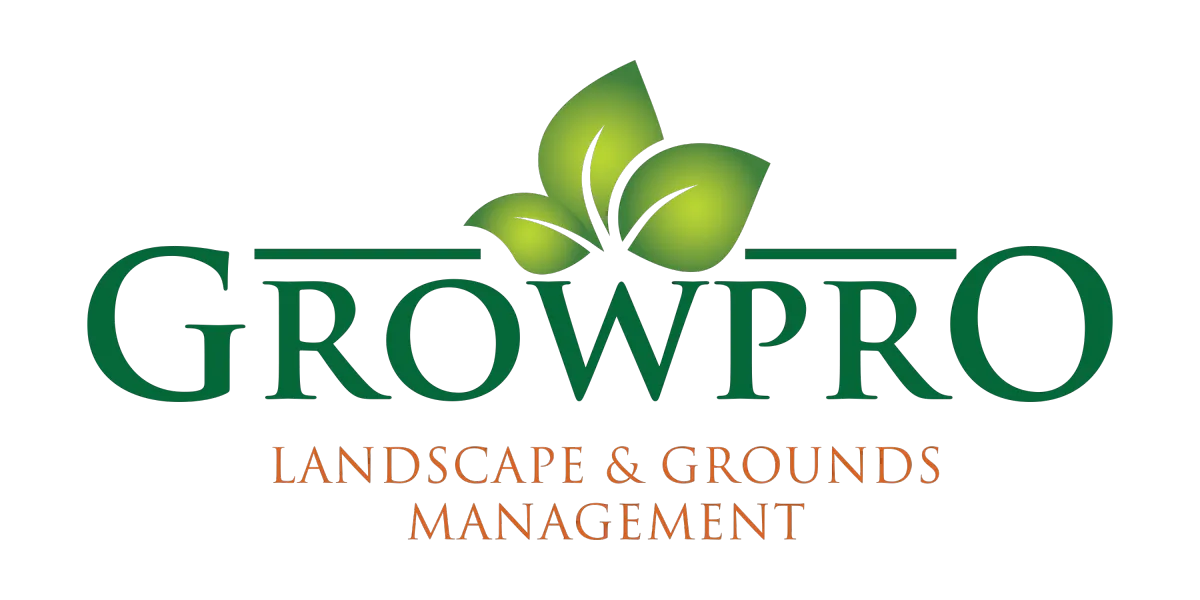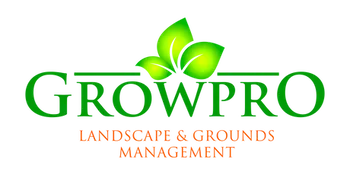Irrigation
Contact Information and Service Requests
For more information or to request a service quote, please contact:
Utah: Cameron Fox or Hud Fuller, VPs of Business Development
North Carolina: Tanner Towle, President, Owner GrowPro North Carolina
To submit a service request or receive a personalized bid, please use the “Request Bid” button above. Specify your preferred contact person if desired.
Service Overview
GrowPro’s irrigation services are designed to ensure that your landscape receives the optimal amount of water at the right times, promoting plant health while conserving water resources. Our expertise includes system installation, management, and repair of irrigation systems, incorporating the latest in smart irrigation technology.

Benefits of Effective Irrigation
Proper irrigation has several key benefits:
Healthier Plants: Ensures that all parts of your landscape receive the necessary water, reducing stress and promoting growth.
Water Conservation: Advanced irrigation systems help minimize water waste, aligning with sustainability goals and reducing utility costs.
Enhanced Property Appearance: Regular and precise watering keeps your landscape lush and attractive.
Long-Term Savings: Efficient systems reduce the need for repairs and water cost overruns.
How the Service is Delivered
System Assessment: Initial evaluation of your current irrigation setup and water requirements of your landscape.
Custom System Design: Designing an irrigation system that fits the specific needs of your property, using components like drip irrigation, sprinkler systems, and moisture sensors.
Installation and Upgrades: Professional installation of new systems or upgrades to existing setups with the latest technology.
Maintenance and Repairs: Ongoing maintenance services to ensure systems remain in top condition, including winterization and spring activation where applicable.

Customization Options
Smart Irrigation Controls: Incorporation of smart technology, such as WiFi-enabled controllers that adjust watering based on weather conditions and soil moisture levels.
Zoned Irrigation Solutions: Designing systems that allow different areas of your landscape to be watered independently, optimizing water use and care for diverse plant needs.
Pricing and Contract Information
Pricing for irrigation services varies based on several factors:
Complexity of the System: More complex systems with multiple zones and advanced technology will have different pricing structures.
Extent of Installation or Repair: The scale of installation or the extent of needed repairs can affect the overall cost.
Frequency of Maintenance Services: Regular maintenance plans are available to ensure system longevity and performance.
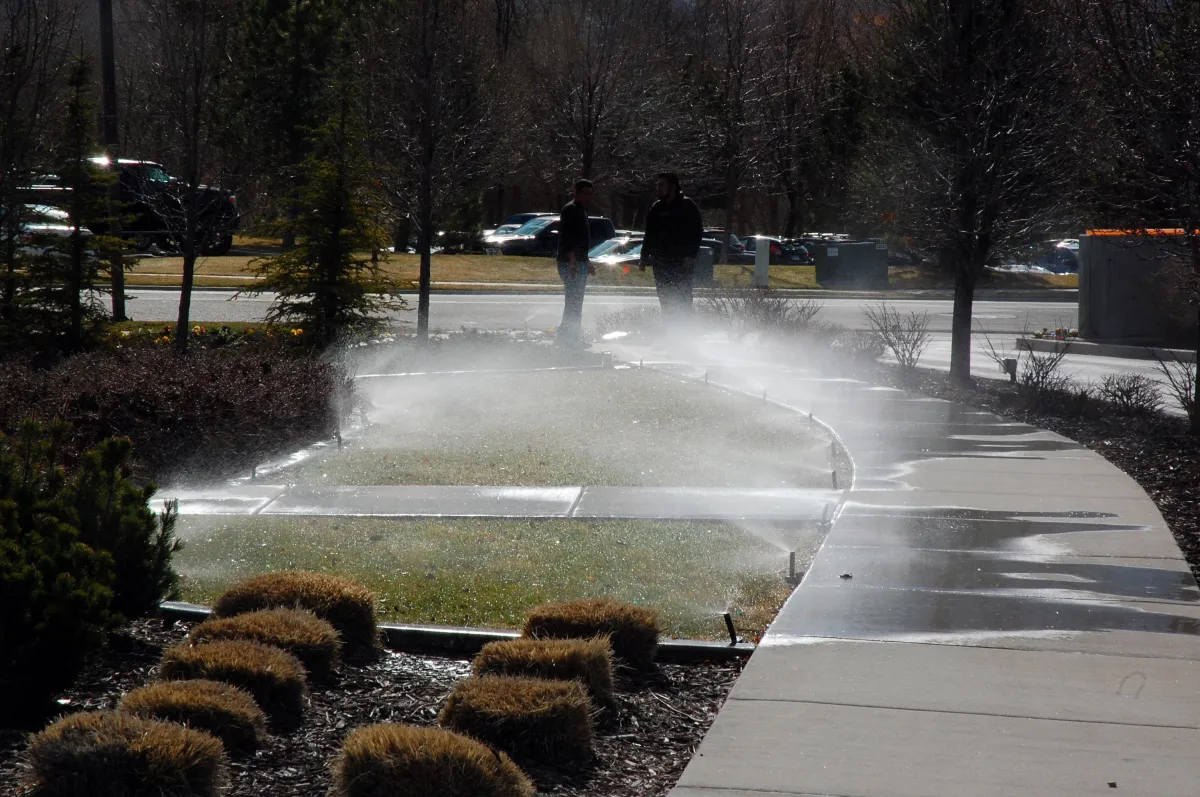
Safety and Compliance
All irrigation services comply with local water use regulations and safety standards, ensuring responsible use of water resources.
Sustainability Practices
Efficient Water Use: Our systems are designed to use water efficiently, reducing runoff and evaporation.
Adaptation to Climate Conditions: Tailoring systems to local weather patterns and water availability to maximize efficiency and sustainability.
How do smart irrigation systems save water?
Smart irrigation systems enhance water efficiency by using advanced technology and precise management, adapting watering schedules to the actual needs of the landscape. Here’s how these systems achieve significant water savings:
1. Weather-Based Adjustments:
Real-Time Data: These systems adjust watering schedules based on real-time weather data. For example, they can automatically delay watering if rain is forecasted, ensuring water isn't wasted.
Evapotranspiration (ET) Data: Smart systems utilize local ET data to tailor watering according to the day's weather conditions, which includes rates of evaporation and plant transpiration.
2. Season Adjust Feature:
Adaptive Watering Schedules: Smart irrigation systems feature a "Season Adjust" setting that automatically modifies the watering schedule based on the season. This adjustment ensures optimal hydration without wastage.
Plant-Specific Watering: The system can be programmed to water different zones on specific days of the week. For instance, grass areas might be watered more frequently, while shrubs, trees, and flowers, which thrive with deeper, less frequent watering, can be scheduled less often. This targeted approach prevents overwatering and under-watering, promoting healthier plant growth and reducing water usage.
NOTE: more information on this can be found in “How many days per week should I water?
3. Zone-Specific Watering:
Customized Zones: These systems allow for the creation of specific watering zones within your landscape. Each zone is tailored based on the sun exposure, type of vegetation, and soil conditions, ensuring efficient water use.
Targeted Irrigation: By applying water only where and when it’s needed, zoning prevents wasteful overlap and ensures that every area of your landscape receives the appropriate amount of water.
4. Automated Scheduling:
Optimal Watering Times: Watering is scheduled during the most effective times—usually early morning or late evening—to minimize evaporation losses.
Cycle and Soak Methods: This feature breaks watering into shorter cycles to allow water to soak into the soil, which is especially effective in reducing runoff and promoting deep root growth.
5. Remote Control and Monitoring:
Remote Access: Managers can control the irrigation system remotely via a smartphone app or computer, making it easy to adjust schedules on the fly based on the landscape’s current needs.
Notifications and Reports: The system can alert managers to leaks, blockages, or broken sprinkler heads, which can be addressed promptly to prevent water waste.
6. Integration with Other Systems:
Smart Home Integration: Some smart irrigation systems integrate with broader property management systems, allowing for holistic management of the property’s resources and environmental impact.
What is the best time of day to water my landscape?
The optimal time to water your landscape effectively balances water conservation with practical needs for accessibility and usage patterns on your property. While early morning watering is generally recommended to reduce evaporation and enhance water absorption, specific operational practices can dictate different approaches:
1. Watering Around 2 AM:
Finishing Before Business Hours: Starting irrigation around 2 AM allows for the watering to complete before tenants arrive at work, preventing any inconvenience from wet pathways or sprinkler interference. This timing ensures that the landscape receives water during a cooler part of the night, which still helps in reducing evaporation while avoiding the practical drawbacks of daytime watering.
2. Evening Start Times:
System Capacity and Duration: For larger irrigation systems that cover extensive areas, it might be necessary to start watering in the evening, post-6 PM. This approach is adopted to ensure the entire system can run its course through the night, particularly when the volume of watering required exceeds the time available before dawn.
Phased Watering: In such scenarios, grass areas are typically prioritized to water first during the cooler evening hours. This is because grass can benefit significantly from nighttime watering without suffering from issues like fungal growth, which might affect other types of plants.
3. Daytime Watering for Drip Systems:
Flexibility for Non-Grass Areas: Drip irrigation systems, which are highly efficient for direct soil and root watering with minimal evaporation, can be scheduled during daylight hours. This method is particularly useful for shrubs, trees, and flowerbeds where direct leaf wetness is not an issue, allowing flexibility in water scheduling without impacting pedestrian or tenant use of the space.
4. Adjusting to Environmental Conditions:
Weather and Climate Considerations: Always consider local weather forecasts and seasonal climate variations when setting your irrigation schedules. Adjusting timers based on real-time weather conditions can further optimize water use and prevent wastage, such as during unexpected rainfalls.
5. Smart Irrigation Systems:
Automated Adjustments: Utilize smart irrigation technologies that can automatically adjust watering schedules based on soil moisture levels, predicted rainfall, and other environmental sensors. These systems can provide the flexibility and efficiency needed for large-scale landscapes, ensuring that each zone receives the right amount of water at the most effective time.
By considering these aspects, you can tailor your irrigation practices to meet both the horticultural needs of your landscape and the practical requirements of your property’s usage, ensuring effective water use and tenant convenience.
How many days a week should I water?
The optimal number of days per week to water your landscape depends on several factors, including the type of plants, local climate conditions, soil type, and the efficiency of your irrigation system. Here are some general guidelines to help determine the best watering schedule:
1. Type of Vegetation:
Lawns:
Watering Frequency: Contrary to the belief that grass should be watered deeply and infrequently, our approach is to water lawns more frequently—typically up to 6 days per week—during active growth periods. This frequent watering schedule helps maintain moisture at the surface, where grass roots are most active, promoting lush, green lawns.
Smart Irrigation Settings: Using top-quality products from Rainbird and Hunter, our smart irrigation systems are equipped with WiFi-enabled timers that allow for precise control over watering schedules. These systems can adjust automatically based on real-time weather conditions, ensuring efficient water use.
Shrubs, Trees, and Perennials:
Watering Frequency: Trees and shrubs benefit from less frequent but deeper watering, which encourages deeper root growth. Typically, watering 3-4 times per week is sufficient. Perennials, depending on their species and local climate conditions, may require adjustments to their watering frequency.
Drip Irrigation: For these plants, we recommend using a drip irrigation system that delivers water directly to the roots, enhancing water absorption and minimizing evaporation.
2. Seasonal Adjustments:
Growing Season: During the spring and summer, when plants are actively growing, they require more frequent watering.
Dormant Season: In late fall and winter, many plants go dormant and require significantly less water.
Programmable by Month: Our irrigation systems utilize a 'Season Adjust' feature, which allows for monthly adjustments to the watering schedule to align with seasonal changes in weather and plant water needs. For example, in Northern Utah, the settings might be as follows:
March: 10%
April: 25%
May: 50%
June: 100%
July: 120%
August: 110%
September: 75%
October: 50%
November: 10%
These settings ensure that plants receive the appropriate amount of water based on their growth cycle and the environmental conditions, optimizing water use throughout the year. Smart timers also have triggers that automatically adjust settings based on external factors such as rain forecasts, temperature changes, and wind conditions, further enhancing the efficiency of the system.
3. Climate and Weather Conditions:
Hot and Dry Climates: During peak summer months, you might need to water more frequently to combat heat and evaporation. However, always check local water conservation guidelines during drought conditions.
Cool or Humid Climates: In cooler or wetter conditions, you can reduce the amount of watering per zone as evaporation rates are lower and natural precipitation may be sufficient to meet plant needs.
4. Soil Type:
Sandy Soils: These soils drain quickly and do not retain moisture well, so more frequent watering in smaller amounts is necessary.
Clay Soils: Clay retains water longer, so less frequent but deeper watering is required to encourage deeper root growth and prevent waterlogging.
5. Irrigation System Efficiency:
Automated Systems: If you have a smart irrigation system equipped with moisture sensors or weather-based controllers, it can adjust the watering frequency based on real-time needs, potentially reducing the number of days water is needed.
Manual Systems: Without sensors, manual observation and adjustment based on weather conditions and soil moisture are necessary.
6. Special Considerations:
New Plantings: Newly planted grass, shrubs, or trees may require daily watering initially to establish roots but can be tapered off as they mature.
Water Restrictions: Always consider any local water use restrictions or guidelines, which may dictate how often you can water.
A balanced approach that considers all these factors will help maintain your landscape effectively while conserving water. It’s often beneficial to start with fewer watering days and adjust based on observing plant health and soil moisture. Regularly monitoring your landscape and adjusting your watering schedule as needed can lead to healthier plants and more efficient water use.
